Subscription Model Coaching vs Traditional Institutes: Netflix-Style Learning
Online Subscription Learning vs Traditional Coaching Explained
The field of education has experienced major changes over the last few years. Due to the growth of subscription-based E-learning models, students today can access an affordable, flexible, and customized education at once impossible. The new "Netflix-style" learning platforms are revolutionizing how students prepare for tests, plan their studying time, and coordinate their studies with their personal development.
Although online learning is convenient and allows for personalization, it can also bring new issues, such as controlling the time spent on screens and maintaining a consistent level of motivation. This blog will explore the ways subscription-based E-learning compares with traditional institutions, with a focus on important factors like time management, balanced screens, and academic effectiveness.
The Rise of Netflix-Style Learning Platforms
In this digital age, learning is no longer limited to the classroom. The development of E-learning platforms has given learners the ability to study at any time and from anywhere. Like Netflix and other learning platforms, these use a subscription-based model where students pay a monthly or annual cost for access to unlimited education-related content, mock exams, and interactive classes.
If you're a competitive exam student, this flexibility can be vital. Students are able to revisit complex concepts, watch the recorded lectures on their own time, and learn by using AI-based suggestions that can be tailored to their needs. It encourages students to learn on their own -- something which traditional classrooms typically do not offer.
But the freedom calls for greater accountability. Students have to learn time management, self-discipline, and efficient study strategies for success in an online-based environment.
Understanding Subscription-Based E-Learning Models
Subscription-based educational platforms function similarly to streaming entertainment services. Students sign up to platforms such as Byju's, Unacademy Plus, and Coursera and get access to videos and assignments, quizzes, and live lessons. They focus on offering the opportunity to learn continuously and not limiting students to following a predetermined curriculum.
Key Advantages of Subscription-Based E-Learning
- Cost efficiency: Instead of paying for each course, students are able to access the entire curriculum with a single membership.
- Personalized Learning: AI algorithms suggest lessons based on past results.
- Accessibility 24/7: Students can study in accordance with their schedules.
- Content Updates: Regularly updated content helps students stay updated on exam trends and syllabus updates.
Comparison: Traditional vs Subscription-Based Learning
Feature | Traditional Institutes | Subscription-Based E-Learning |
| Learning Style | Classroom teaching, fixed schedule | Flexible and self-paced learning that is self-paced. |
| Accessibility | The hours are limited to the Institute. | Access to all devices 24/7 |
| Cost | A one-time charge for each course | A subscription for a month or ya ear |
| Interaction | Support for teachers via face-to-face | Chat rooms and live chat forums |
| Screen Time | Limited | High (requires the use of a digital balance) |
Both systems are designed to enhance academic performance. However, the model of E-learning allows students to be more in control. This needs self-discipline as well as structured time management..
The E-Learning Boom: Changing Study Habits
The move to online education has transformed the way that students spend their study time. Instead of observing fixed class time slots, students can now arrange classes according to their own preferences. The flexibility allows students who are preparing for competitive exams like NEET, JEE, and UPSC to create individualized training schedules.
But it can prove to be a blessing and a problem. If students aren't disciplined, they could spend a lot of time on screens, end up exhausted, and with decreased concentration.
Digital educational tools--such as tracking progress, AI tutors, and smart quizzes-- play an important role in maintaining uniformity. The tools let students see their progress and improve weak points, thereby enhancing their academic performance.
Challenges in Digital Learning
Although the advantages of E-learning can be seen for certain, the digital platform can also pose new challenges.
- Screen Overload: The long study time can result in eye strain and mental exhaustion.
- Distractions: The same technology used to learn can cause distractions, such as social media.
- Inspiring Gaps: Without peer pressure or classroom energy, students could lose their motivation.
- Time Management: Flexible schedules can lead to procrastination if not managed properly.
That's where the significance of digital detox strategies and time management methods is evident. In order to ensure that learning is optimal, students need to balance digital exposure with offline revision and self-reflection.
Managing Screen Time for Competitive Exam Students
Since the majority of coaching is now on online platforms, competitive exam students are faced with one issue: screen fatigue. Long-term exposure to screens can affect physical health, but can also impact academic performance and concentration levels.
Practical Solutions for Screen Balance
Problem | Strategy | Expected Outcome |
| Eye strain due to lengthy lectures | 20-20-20 rule | Improved eye health & focus |
| Digital distractions | Blockers of apps and study methods | Better attention span |
| Incomplete offline revision | Daily handwritten notes | Increased retention |
| The use of devices | Time-bound "digital curfew" | Better quality sleep |
By 2025, managing screen time for competitive exam preparation will now as important as selecting the appropriate studying material. Students need to integrate short breaks, mindful practice, and physical exercise within their plans for studying online.
Time Management in Subscription-Based Learning
Flexible learning only works in conjunction with strong time management skills. Students can learn with subscription-based online learning, flexibility, but without an organized structure, the best material can be underutilized.
Best Time Management Strategies for Students Studying Digitally
- Set clear study goals: Define weekly targets for tracking your progress.
- Create a balanced timetable: Set aside time for Online sessions, revision, and even rest.
- Use of productivity tools: Apps like Notion or Trello aid in tracking deadlines and curriculum coverage.
- Follow the Pomodoro Session: Divide study time into focus times of 25 minutes and 5-minute break times.
- Prioritize Tasks: Start with subjects that are challenging in times of high energy.
Impact of Excessive Screen Use on Study Habits
The use of devices too often can lead to distraction, multitasking, and an eroding of recall capacity. As time passes, this impacts the overall academic performance and consistency. The students should therefore balance the digital learning with their traditional note-taking and group discussion.
Parents and institutions can help students develop organized methods to manage time, ensure that learning online is complemented by offline activities.
Digital Detox and Mindful Learning
The idea of Digital detox is getting a lot of traction with students. Breaks from screens regularly help the brain reset and decrease fatigue.
Digital Detox Tips for Students in Online Learning Environments
- Be sure to keep certain hours free of technology throughout the day.
- Alternate online breaks by walking, reading, or even meditation.
- Do not use screens for the first hour prior to sleeping.
- Try yoga or mindfulness to increase your concentration.
A balance digital learning and offline study helps students remain well-informed and academically stable. This also aids in maintaining the enthusiasm to learn, which is often absent in the constantly online cycle.
Traditional Institutes: The Value of Structure
Despite the rise of online learning, traditional institutions remain popular with the majority of learners. Classrooms with physical structures provide an environment that is disciplined, structured, and teacher-student interaction, which are essential elements that subscription models often miss.
Discussions in person and through peer learning encourage teamwork and responsibility. Student are much less likely to delay their learning when they are confined to fixed timetables.
In areas like Hyderabad in India, a number of intermediate institutions have adopted hybrid strategies that combine the traditional classroom with the flexibility of digital technology. They provide instruction regarding time management using technologies to improve the delivery of content.
Students receive the very most benefit of both personalization of learning, without sacrificing the discipline of the classroom.
Hybrid Education: The Future of Coaching
The future of learning is in a state of flux. Hybrid Learning--a mix of offline and online education that addresses the shortcomings of traditional systems and subscription-based ones.
Numerous coaching institutions are creating subscription plans for online lectures and in-person guidance. Students may attend live classes to help them understand concepts and then utilize recorded material to revise their understanding.
For competitive exam students, the dual strategy provides flexibility and structure without any compromise. They can manage their study time efficiently, and also enjoy motivation from classroom interactions, in addition to the autonomy of online learning.
Role of Digital Educational Tools
Analytics dashboards, digital whiteboards, and AI-based assessment tools aid teachers in monitoring student performance at a real-time time. These instruments not only enhance the academic performance of students, but they also help students to become responsible for their education.
Balancing the Best of Both Worlds
In order to succeed in the new educational era, students need to accept both discipline and flexibility. Here are some student study tips to keep this equilibrium:
- Schedule Study Time: Divide your day into fixed times for studying offline and online.
- Make Smart Breaks: Use short breaks to stretch out, relax eyes, or participate in hobbies.
- Be Reliable: Share progress with the mentors and peers.
- Avoid Over-Reliance on Devices: Use notebooks for conceptual mapping and summary.
- Monitor progress: Regularly evaluate learning outcomes and make adjustments to your program.
The trick to achieving success is using digital technology in education responsible manner. The subscription-based platform provides accessibility. However, human efforts, concentration, focus, and time management are the key to achieving academic development.
Conclusion
The ongoing debate about subscription model coaching vs traditional institutes. There isn't a definitive winner. Both have their own advantages. When used together, they will help create a perfect learning ecosystem that is perfect.
E-learning offers flexibility, cost-effectiveness, and personalization. However, traditional institutions provide an environment that is structured, interactive with a offers consistent and high-quality training. The most effective approach is the combination of both, using technology to aid rather than as an obstacle.
Learners who are proficient in time management and control screen exposure, and engage in mindful learning, are more likely to be successful academically. While education is constantly evolving and changing, students who are able to adjust will never be left behind.
Discover the ways SkoodosBridge provides students with verified institutions and learning platforms that are subscription-based, and hybrid coaching solutions that are designed specifically for today's learners.
If you're a competitive exam student or are looking into e-learning opportunities for academic growth, SkoodosBridge helps to make informed choices with reliable insight, course comparison, and expert advice.
FAQs
1. How can students manage screen time during online classes?
By setting limits on screen time and taking breaks for eye strain, and balancing online lessons and offline study.
2. What are effective digital detox strategies for students?
Scheduling time off from technology while practicing mindfulness, and taking part in activities that aren't digital.
3. How does screen time affect academic performance?
Too much screen time can cause tiredness and decrease focus, and affect learning results indirectly.
4. What are the best time management tips for competitive exam students?
Make well-organized timetables, prioritize difficult areas first, and utilize productive tools in a smart way.
5. How to balance digital learning and offline study effectively?
Combine online lectures alongside offline training sessions and peer-to-peer discussions to improve retention.
Categories
Archives
- October 202511
- September 202520
- August 202522
- July 202524
- June 202524
- May 202526
- April 202530
- March 202523
- February 202513
- January 202523
- December 202429
- November 20246
- September 20245
- August 202422
- July 202415
- May 20249
- June 202424
Similar Posts
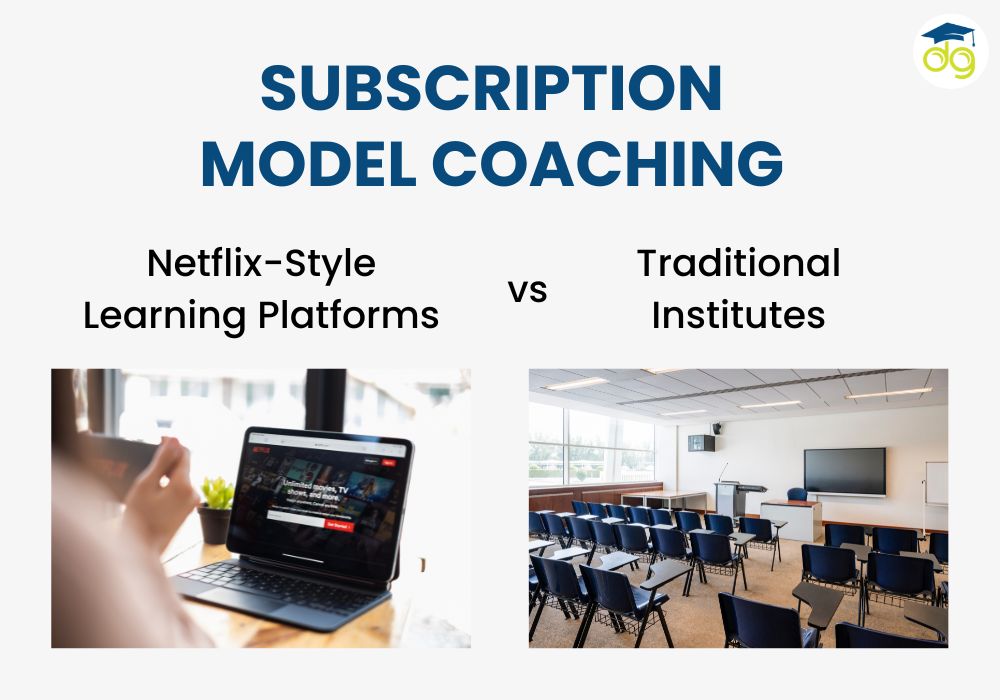
Subscription Model Coaching vs Traditional Institutes: Netflix-Style Learning
by Skoodos Bridge

Green Engineering Careers: Sustainable Jobs Through GATE, ESE & PSUs
by Skoodos Bridge

Coaching Institute Mergers in India: Impact on Students & Education Quality
by Skoodos Bridge
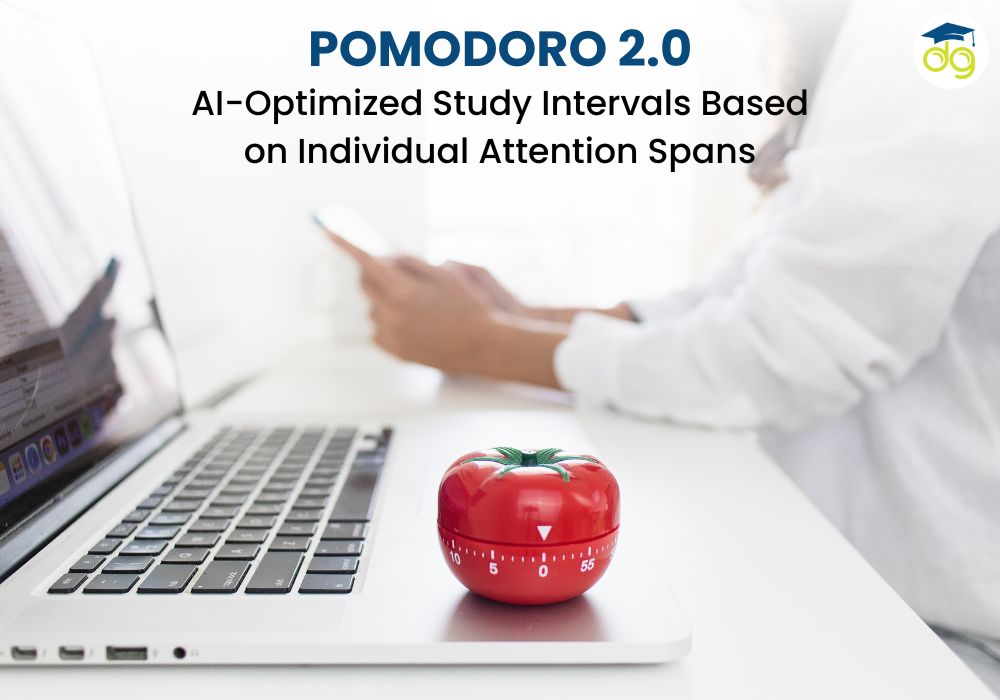
Pomodoro 2.0: AI-Optimized Study Intervals for Better Focus
by Skoodos Bridge
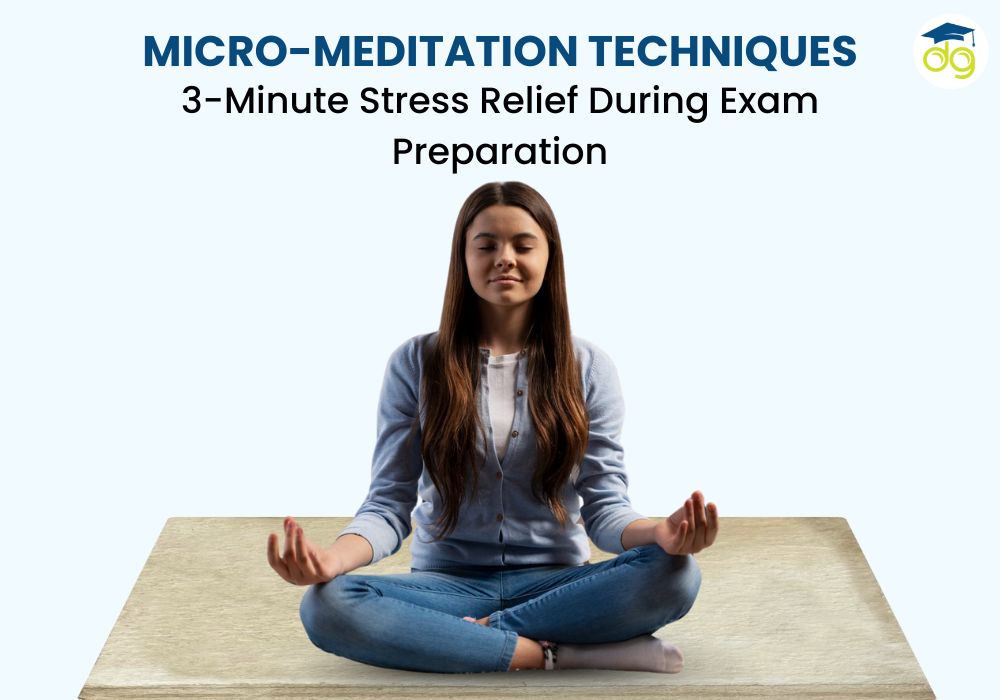
Micro-Meditation Techniques for Exam Stress Relief in 3 Minutes
by Skoodos Bridge
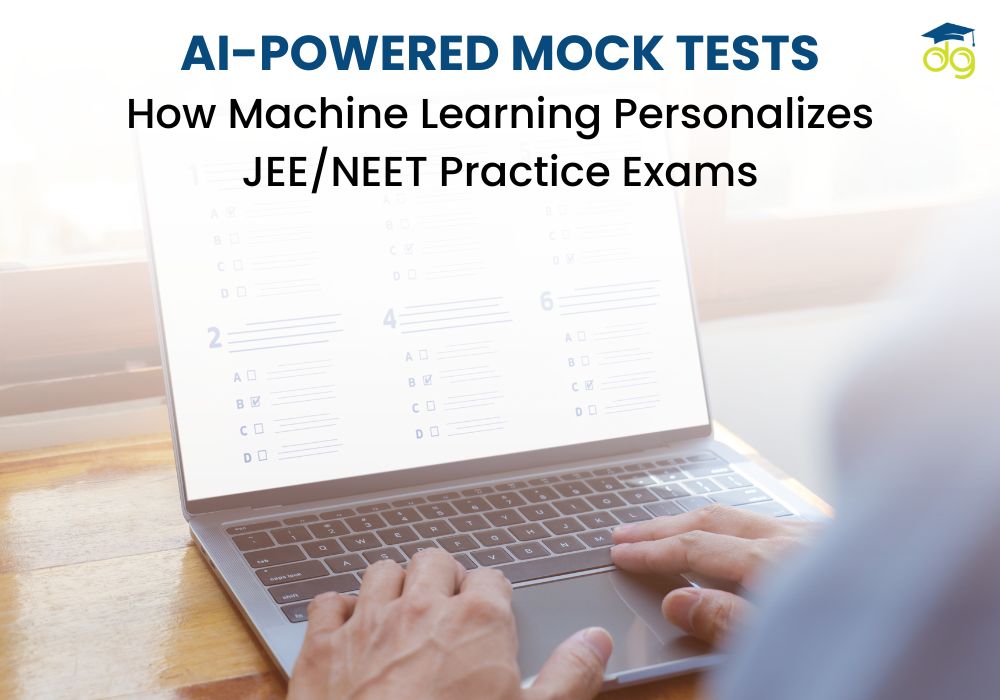
AI-Powered Mock Tests Transform NEET & JEE Preparation in 2025
by Skoodos Bridge

How to Build a Career Abroad After Graduation: Step-by-Step Guide 2025
by Skoodos Bridge

Top 10 Student-Friendly Cities Abroad in 2025 for Indian Students
by Skoodos Bridge
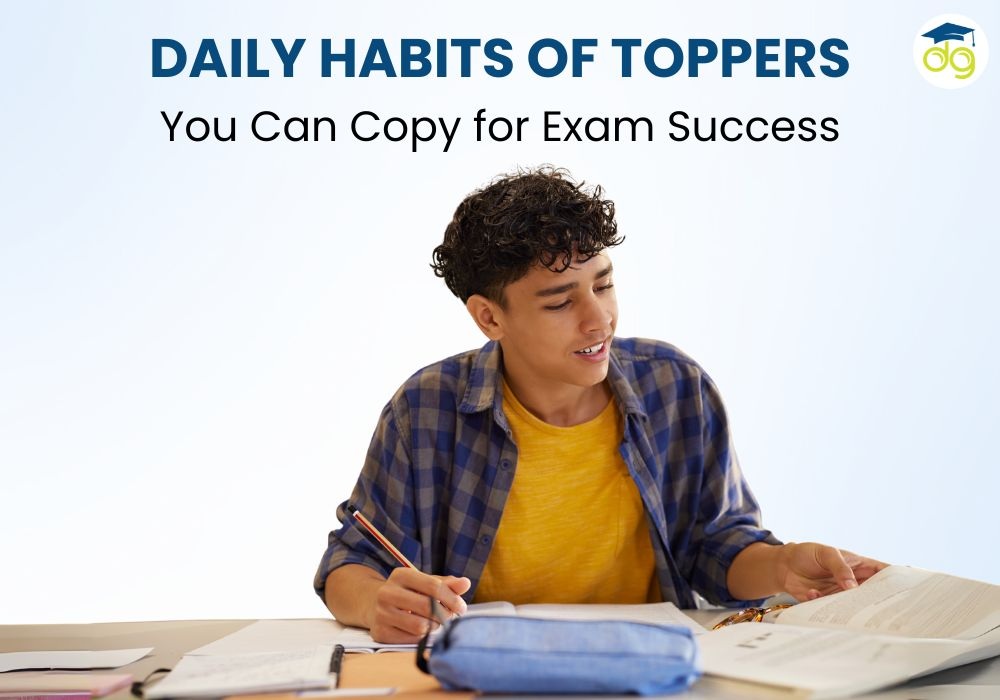
Daily Habits of Toppers: Study, Lifestyle, and Exam Strategies
by Skoodos Bridge
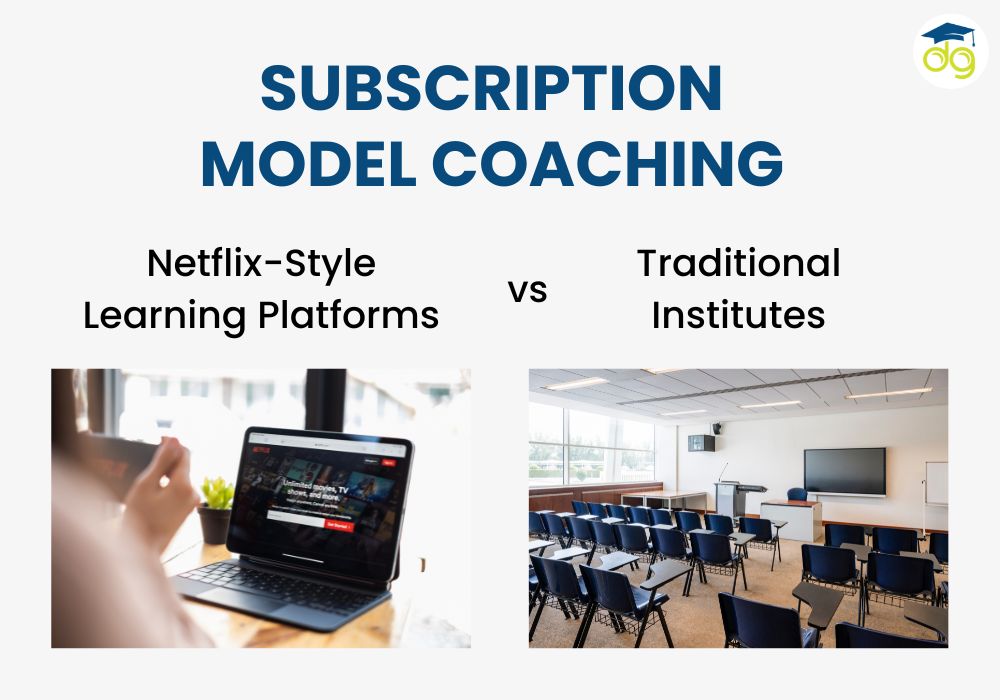

Leave a Comment